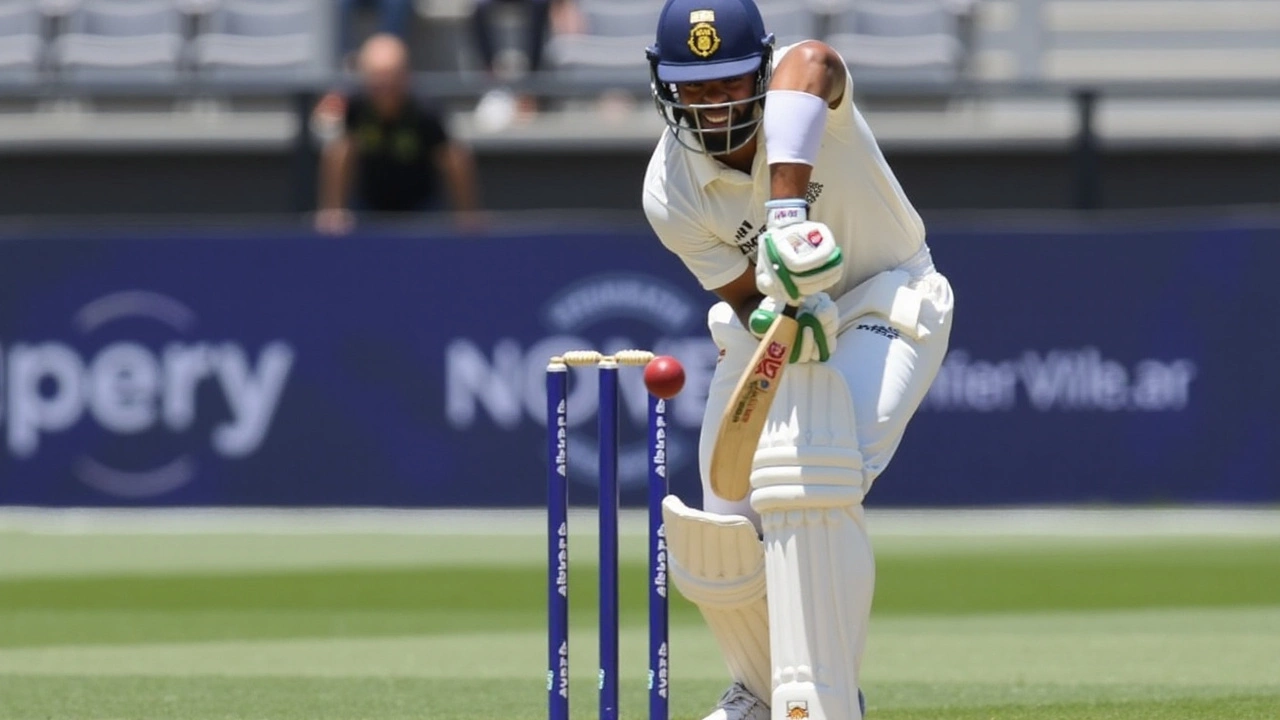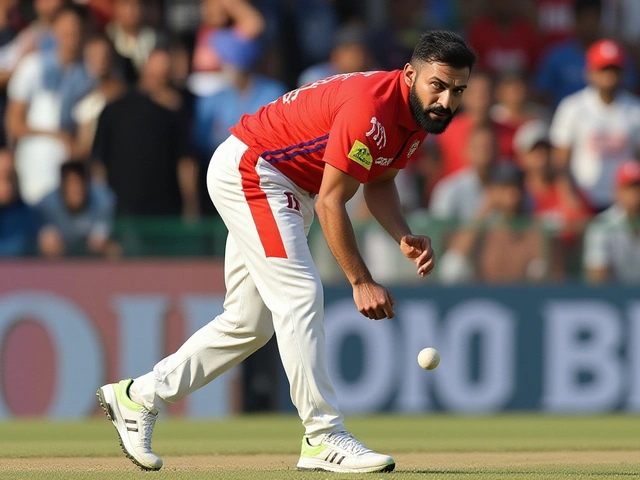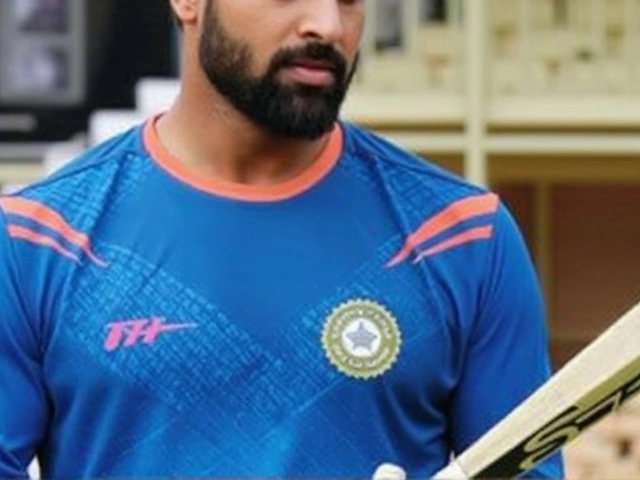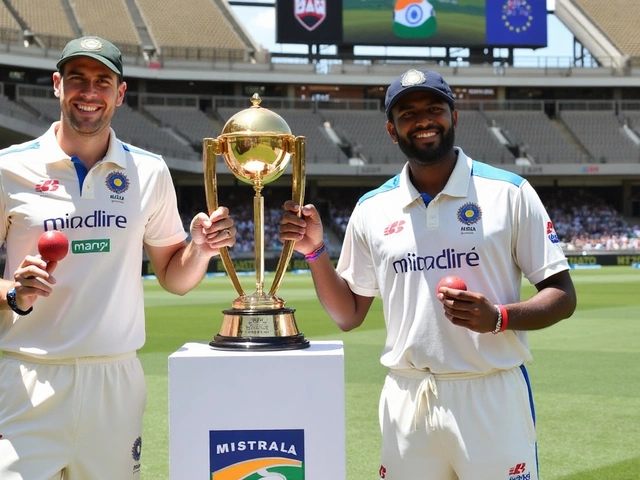The Controversy Unfolds: KL Rahul's Dismissal in Focus
The cricketing world is no stranger to controversies, yet KL Rahul's dismissal during the first Test between India and Australia at the iconic Optus Stadium in Perth managed to attract unprecedented attention. As the Indian opener faced the fierce Australian bowling attack, the game was poised delicately. In the blink of an eye, what seemed to be a routine decision became the center of a heated debate, dividing opinions not just on the field but globally among cricket enthusiasts.
The Initial Decision and Its Reversal
Amid intense scrutiny, KL Rahul faced an appeal for a caught-behind from the Australian players. The on-field umpire, entrusted to make swift yet accurate decisions, ruled in favor of the batsman, declaring him not out. The Australians, armed with the Decision Review System (DRS), opted to challenge the ruling. A pivotal moment unfolded as the third umpire was called into action. The use of technology, particularly Ultra Edge, came into the limelight, recording what many thought was a faint spike coinciding with the ball passing the bat.
Breaking Down the Decision
Controversy stemmed not merely from the reversal itself but from the means by which it was justified. Crucially, the spike on Ultra Edge appeared to align with the bat making contact with Rahul’s pad, rather than the ball. This raised questions about the reliance on technology, with many arguing that it failed to provide the concrete proof needed to overturn the initial decision. For numerous fans and cricket veterans, the visual and auditory evidence appeared insufficiently conclusive to reverse the on-field ruling.
Cricket Fraternity Reacts
The reaction to the decision was immediate and polarizing. Notably, former cricketers from both India and Australia voiced their skepticism over the verdict. In the age of digital media, social platforms were instantly abuzz, with opinions pouring in from every corner of the cricket-playing world. Many sided with the notion that the benefit of the doubt should remain with the batsman if the evidence is not incontrovertible – a sentiment echoed by prominent figures like Sunil Gavaskar and Ricky Ponting.
Understanding the DRS Protocol
Under ICC's protocols, the DRS is designed to aid in making more accurate decisions. Yet, this very system has often been under scrutiny for its perceived inconsistencies. The principle underpinning DRS usage is clear: overturn an on-field decision only if there is 'conclusive' evidence. In Rahul's case, the absence of irrefutable proof led many to argue that the original not-out call should have been upheld. This decision has brought the effectiveness and reliability of cricket technology under the microscope once again.
Implications for Future Matches
The implications of this specific incident may stretch beyond just this match. It highlights the vital need for clearer guidelines and training in using technology, ensuring that decisions involving player dismissals are both fair and transparent. As cricket evolves, the reliance on technology like DRS is inevitable; however, this incident has emphasized the need for it to complement, rather than completely overshadow, the human element of umpiring.
For ardent followers of the sport, it’s moments like these that fuel discussions about the spirit of cricket and its integrity. Whether sitting in stands or watching on screens worldwide, fans are passionate about the adherence to just decisions in the game they love. In this light, the KL Rahul dismissal serves as both a lesson and a reminder of the complex challenges faced by the modern game.



